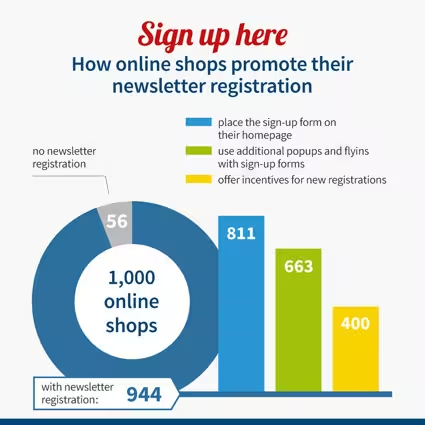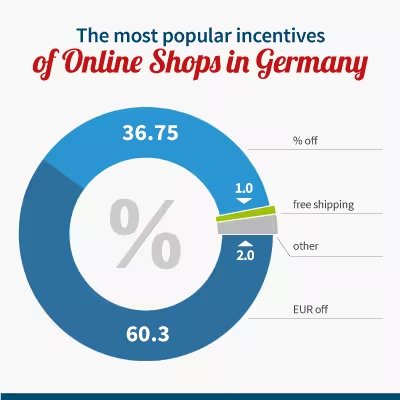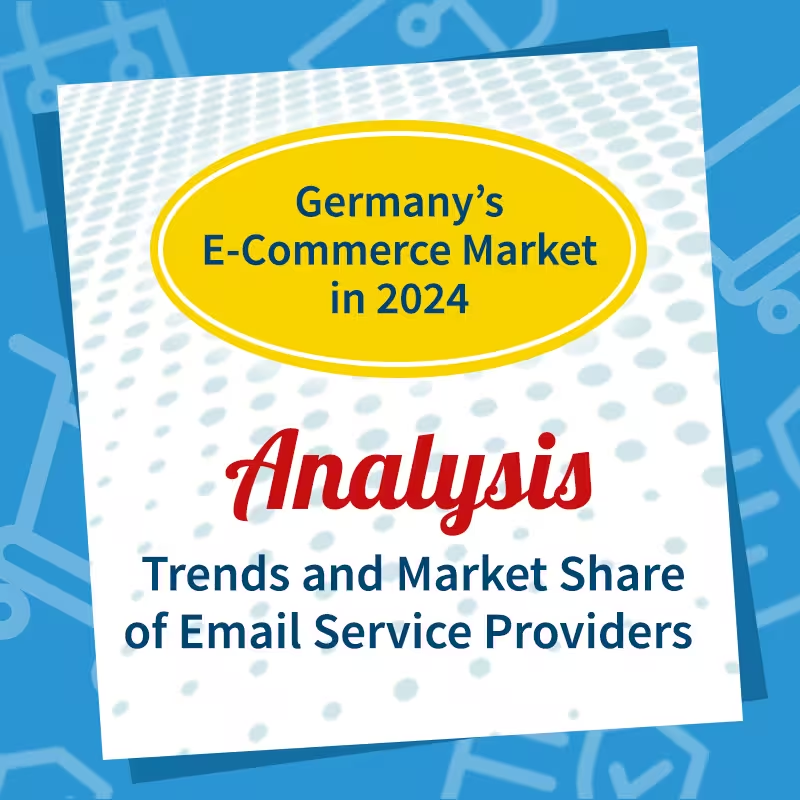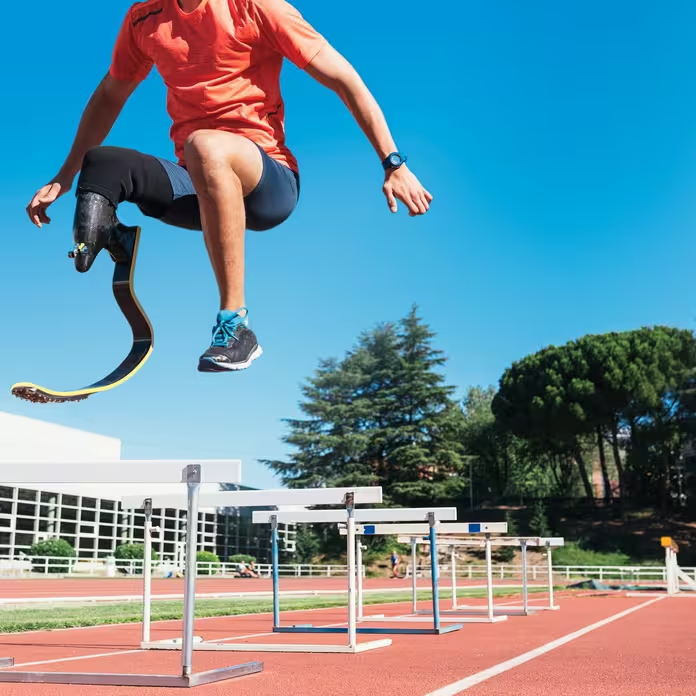More newsletter subscribers: This is how the top 1,000 online shops do it
Email marketing is an evergreen, as we've just seen again in our Evaluation of the email marketing of Germany's 1,000 largest online shops have seen. Hardly any other medium scales as wonderfully as email, so it is to be expected that providers will invest a lot of effort to attract new subscribers. We've looked at how they do that on their websites.

Here you can find the latest analysis results for email marketing from Top 1000 e-commerce companies in Germany 2024
86% of shops advertise their newsletters directly on the homepage
Newsletters seem to be good revenue generators, as most shops advertise the subscription to interested parties directly on the homepage — although there are also some major exceptions, such as Amazon, Apple or Limango, which only send emails after opening an account or making the first purchase.
Pop-ups and pull-outs are part of the standard repertoire
In a good 70% of all shops, the newsletter is also referred to in an eye-catching layer, pop-up or pull-out. What annoys some seems to be paying off for shops.
Browser push notifications are the exception
It feels like we're constantly being asked to allow browser notifications — but in fact only just under 5% of the 1,000 largest German online shops offer browser push notifications. 10 of them only offer offers via web push and do not send any newsletter at all.
A good 40% of e-commerce sites offer an incentive
New newsletter registrations from 40% of the top 1000 online shops are rewarded. The figure is almost identical to the 42% we collected in the 2018 e-commerce study.
Euro discount clear before percentage discount
60.3% of incentive shops offer a fixed euro amount as a discount, 36.8% offer a percentage discount. Only 1% use free delivery as an incentive, 2% offer another reward (such as club points, participation in a sweepstakes or tickets to a trade fair).
5€, 10€ or 10% are usual
A 5 or 10€ discount is the normal case (together 87.5% of shops that offer a euro discount). “Crooked” amounts are rare, as are amounts higher than €20. In terms of percentage discounts, 10% is clearly ahead, and 15% are also offered more often — with individual shops offering up to 70%.
However, there are sometimes restrictions, such as a minimum order value (“10€ discount on your first order with a minimum value of 50€”).
Almost every third shop has its own Android and iOS app
30% of the top 1,000 online shops in Germany now offer their own app for smartphones and tablets. Strategically timed app push messages with offers to prospects and customers have higher visibility than email newsletters — no wonder that this channel is being accessed by more and more online shops. We predict that this figure will increase significantly over the next few years.
Methodology and population
The individual online shops were audited once in the period June-August 2022. The population was the 1,000 largest B2C online shops in Germany, determined by EHI Retail Institute “German E-Commerce Market 2022“, sorted by e-commerce sales in fiscal year 2021. Information on newsletters relates to the total number of 944 shops that offer a newsletter.

















